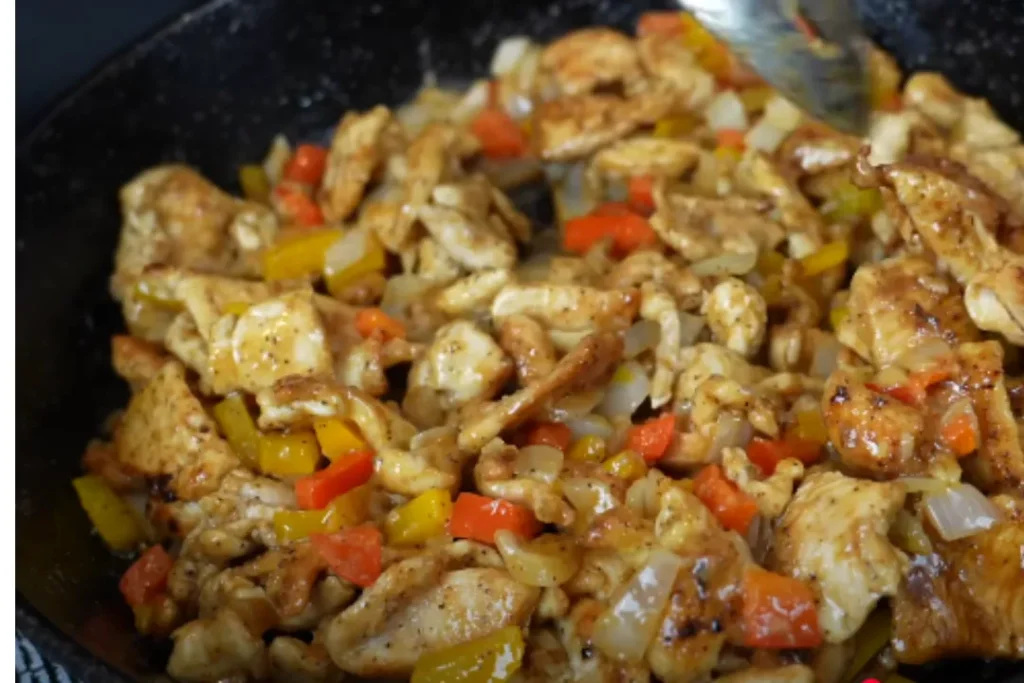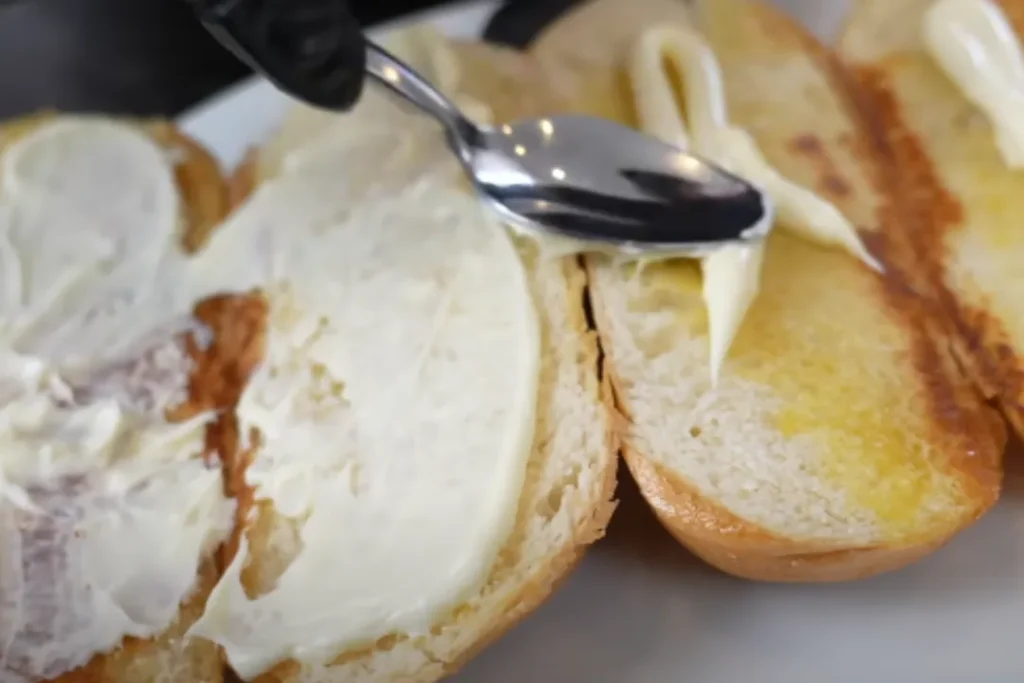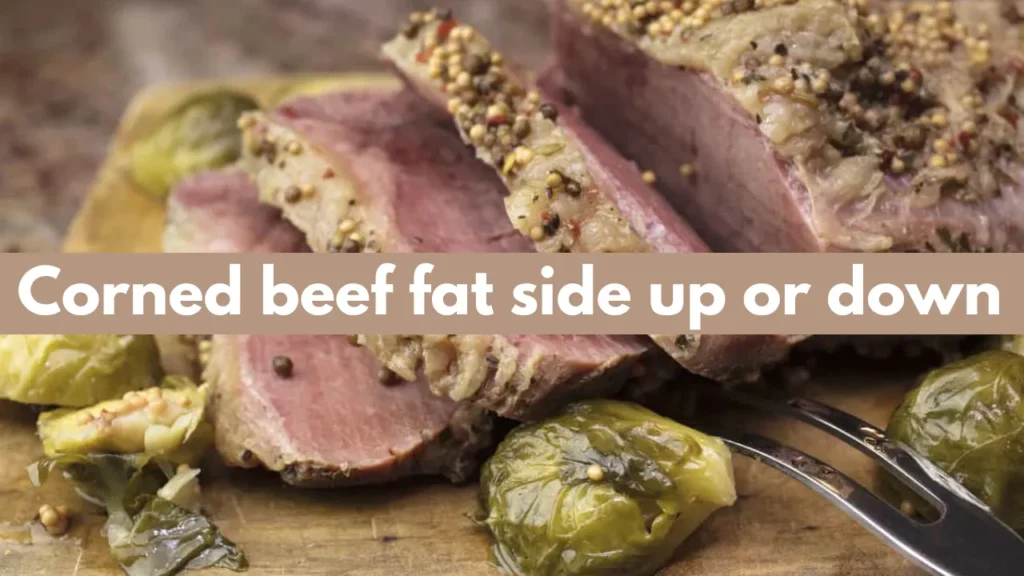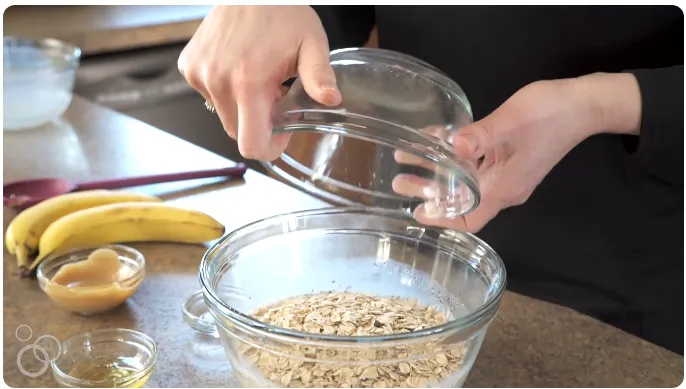How to Make a Healthy Caesar Salad with Grilled Chicken
If you’re looking for a healthier recipe, you’re in the right place! Today, I’m going to show you how to make a classic Caesar salad with perfectly grilled chicken, all from scratch. This recipe is delicious, simple, and packed with flavor. Let’s dive in!

What You’ll Need:
- Anchovies (or anchovy paste)
- Mayonnaise – 1 cup
- Lemon Juice – 5 tablespoons (from 1 large lemon)
- Dijon Mustard – 1 tablespoon
- Garlic Paste – 1 teaspoon
- Worcestershire Sauce – a few dashes
- Salt and Pepper – to taste
- Parmesan Cheese – ½ cup, freshly grated
- Olive Oil – 1 to 2 tablespoons (for thinning the dressing if needed)
- French Bread – for homemade croutons
- Chicken Breasts – for grilling
- Butter – for basting the chicken
- Avocado Oil – for cooking the chicken
Step 1: Make the Caesar Dressing
Start by preparing the Caesar dressing. You can use anchovy paste from the store, but if you want to go the extra mile, chop some anchovies into small pieces and mash them into a paste. Mix these with mayonnaise, lemon juice, Dijon mustard, garlic paste, Worcestershire sauce, and freshly grated Parmesan cheese. Whisk everything together until it’s smooth.
If the dressing is too thick, you can add olive oil or more lemon juice to reach your desired consistency. Taste it and adjust the flavors as needed.
Step 2: Make Homemade Croutons
For the croutons, take some French bread and cut it into small pieces. Drizzle olive oil over them, add your favorite seasoning, and place them on a baking sheet. Bake in a 400°F (200°C) oven until they’re crispy and golden.
Step 3: Cook the Chicken
To cook the chicken, season both sides with your favorite chicken seasoning. Heat some avocado oil in a hot skillet and place the chicken breasts in the skillet. Press them down with your hand to ensure they get a nice sear. Cook each side for about 2 to 3 minutes, then baste the chicken with butter and finish cooking it in a 400°F (200°C) oven until the internal temperature reaches 165°F (74°C).

Step 4: Prepare the Salad
While the chicken is cooking, wash and dry some Romaine lettuce. Chop it into rough pieces and place it in a mixing bowl. Add your homemade Caesar dressing and toss it to coat the lettuce evenly.
For extra flavor, you can add freshly grated Parmesan cheese and some larger shaved pieces for a nice presentation.
Step 5: Assemble the Salad
Once the chicken is done, let it rest for a few minutes. Slice it into thin pieces at an angle to make it look nice on the plate. Plate the salad with the chicken on the side or on top, as you prefer. Add some croutons and a little more shaved Parmesan for decoration.
Finish off with a squeeze of fresh lemon juice for that final burst of flavor. Don’t forget to add a little fresh cracked black pepper for extra taste.
Step 6: Serve and Enjoy!
Your homemade Caesar salad with grilled chicken is ready to serve! It’s light, full of flavor, and a healthier version of the classic. Enjoy!

This recipe is easy to make, and you can adjust the ingredients to suit your taste. It’s a great meal for lunch or dinner. Enjoy your tasty, homemade Caesar salad!English (auto-generated)







